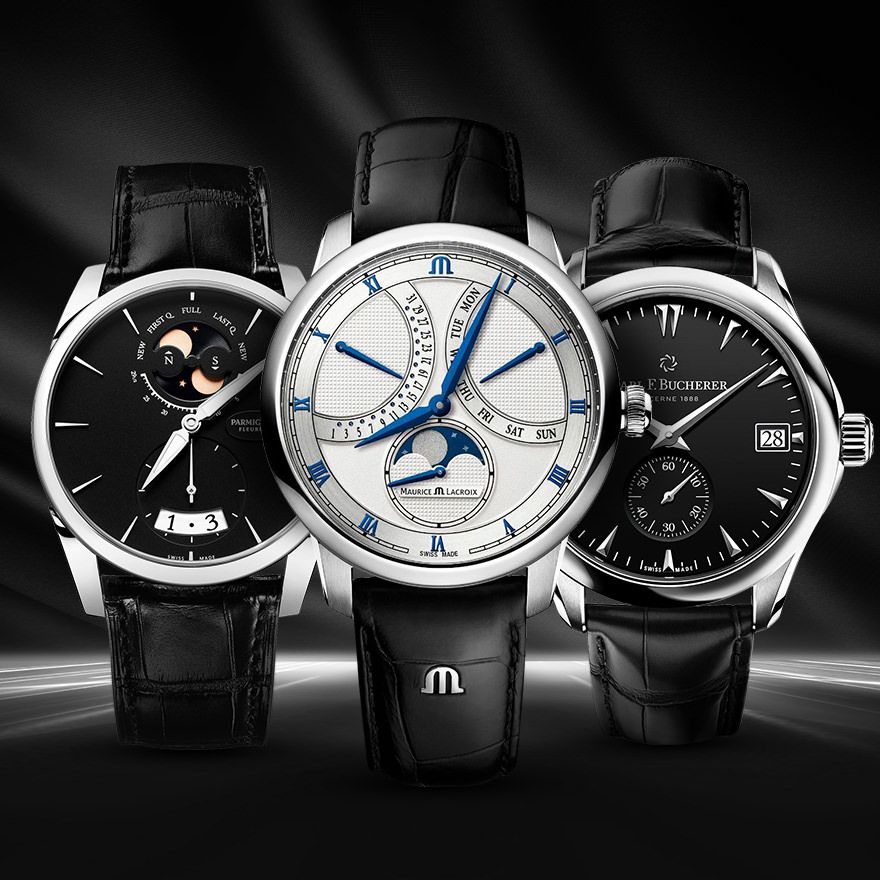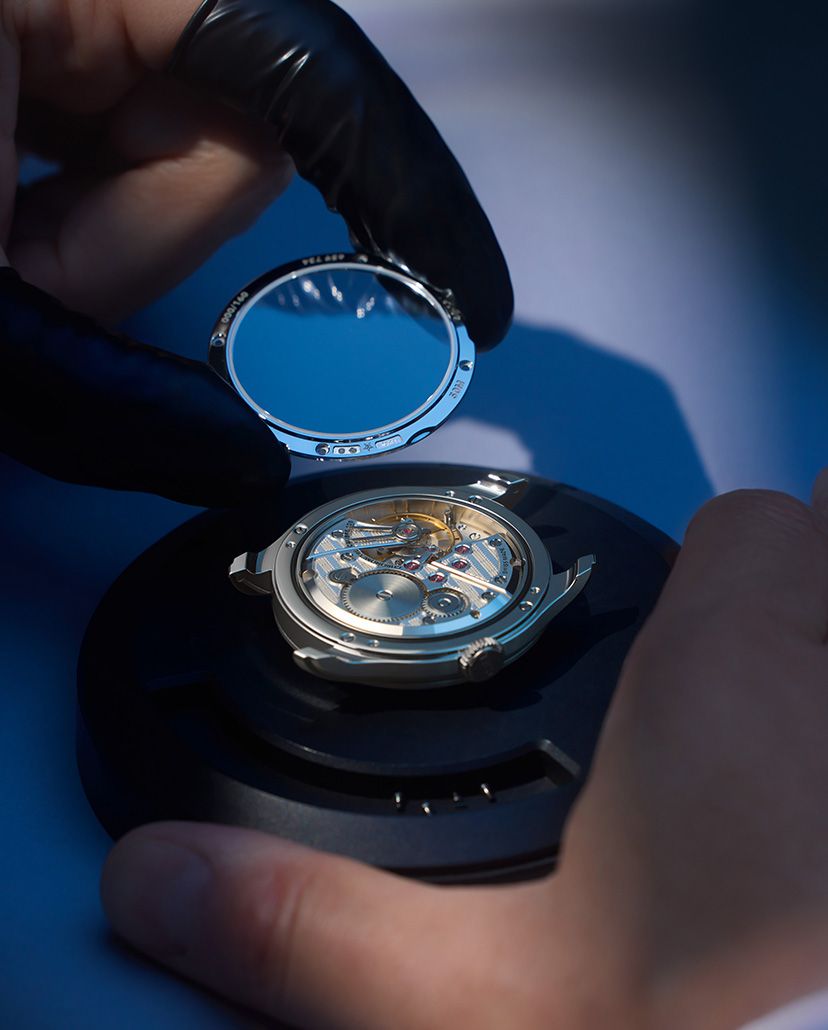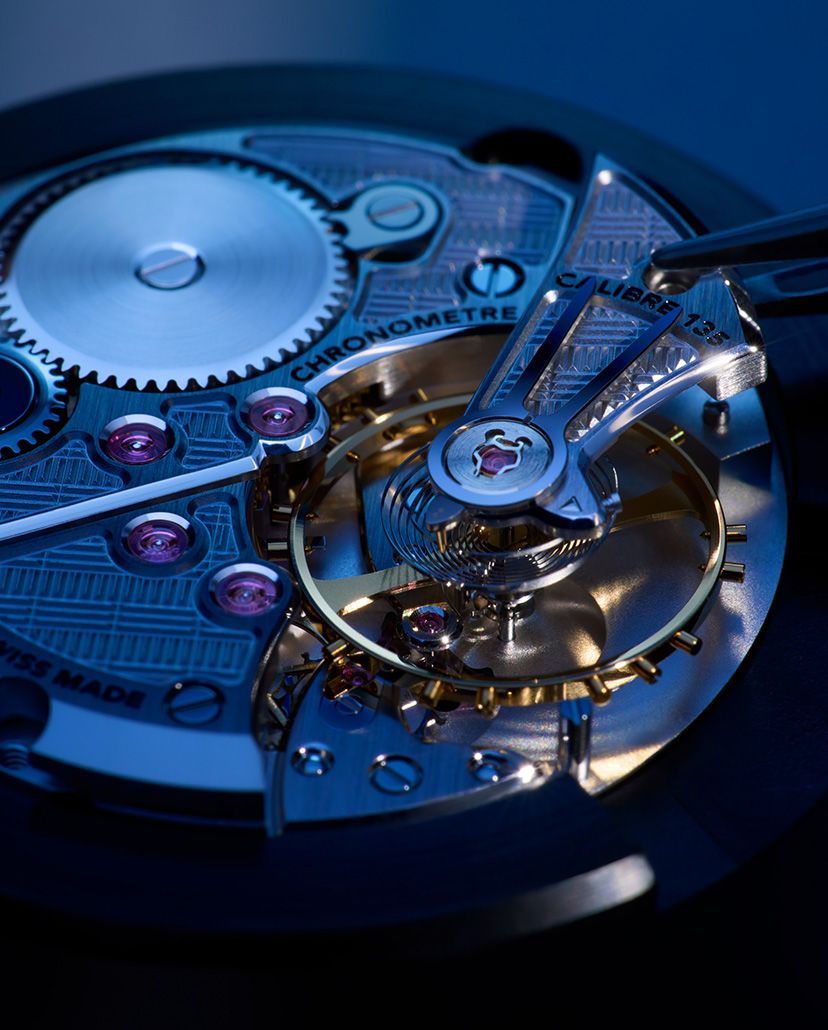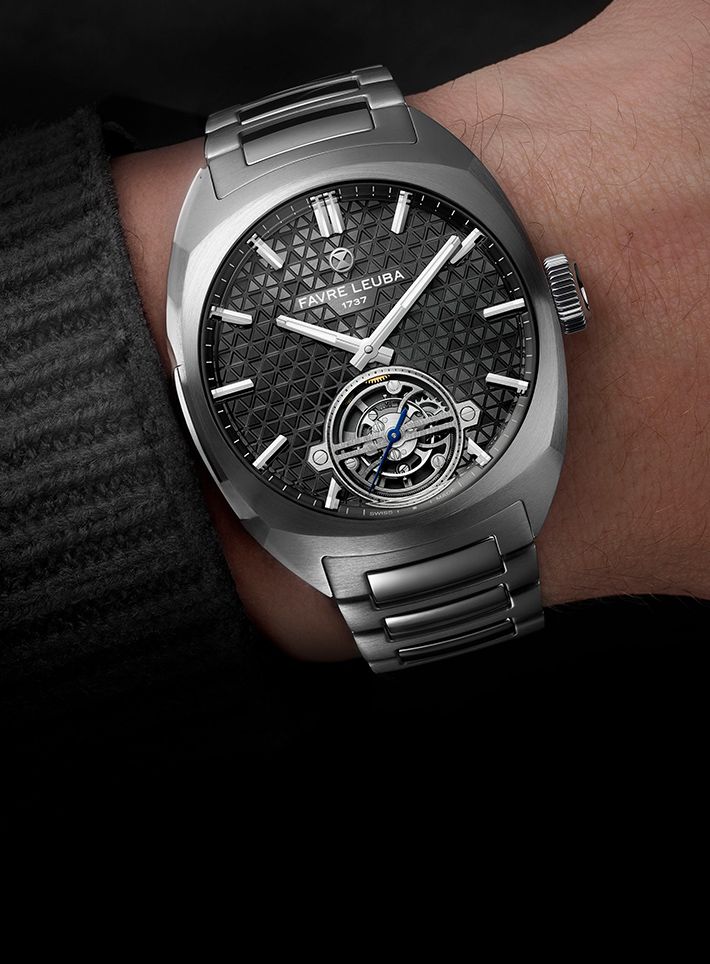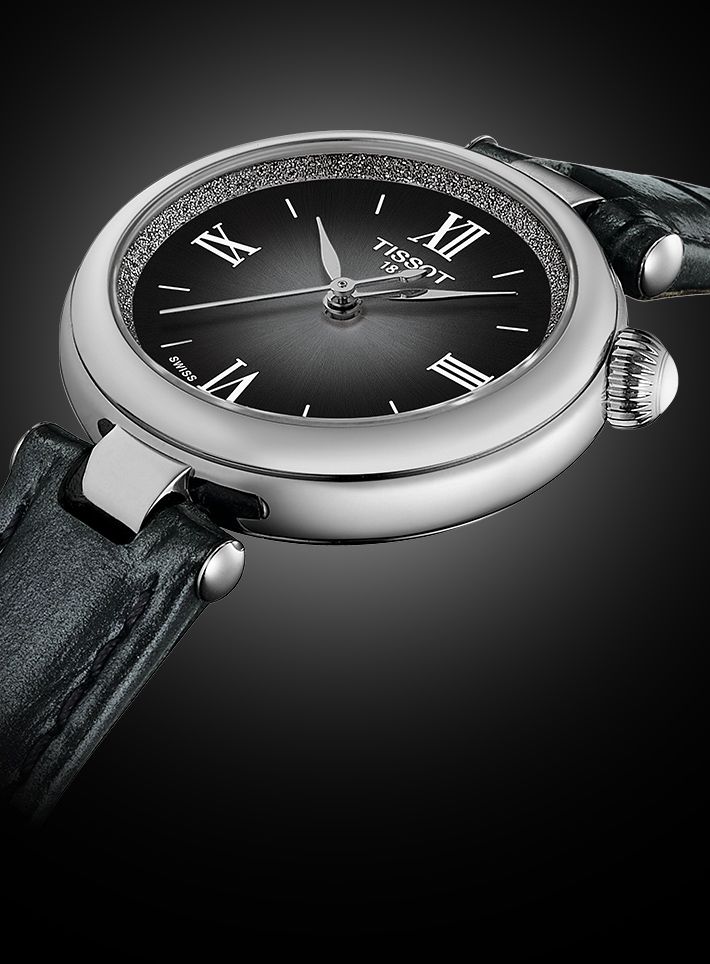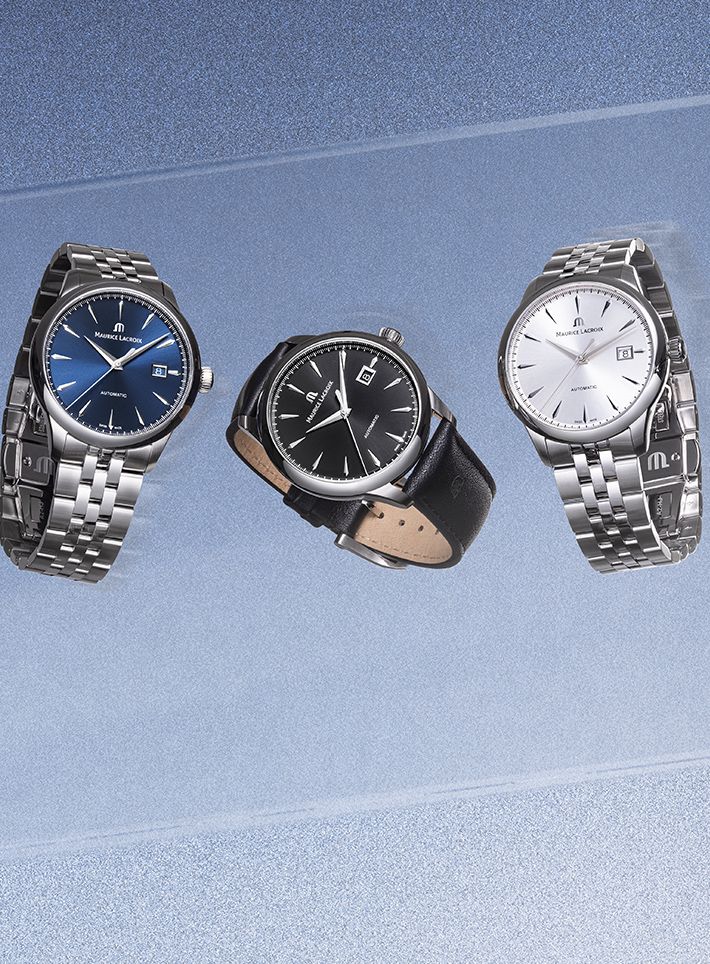SpotlightBeyond El Primero: Zenith’s GFJ Revives the Legendary Calibre 135
The Zenith GFJ is a revival that improves on the original without sacrificing what made it special in the first place
May We Recommend
Time machines exist. Not the kind that transport you physically through decades, but the mechanical kind that connect past and present through intricate gears and springs. Zenith’s new GFJ watch is precisely this—a horological bridge spanning 160 years of watchmaking heritage. Named after founder Georges Favre-Jacot’s initials (mystery solved for the uninitiated), this platinum-cased beauty resurrects the legendary calibre 135 movement that once dominated observatory chronometer competitions in the 1950s. While Zenith’s modern identity is often linked to the El Primero and its high-frequency gymnastics, the GFJ reminds us that before chronographs became the brand’s calling card, precision timekeeping was the mountain they’d already conquered. This is Zenith flexing its historical muscles while reminding collectors why they mattered in the first place.
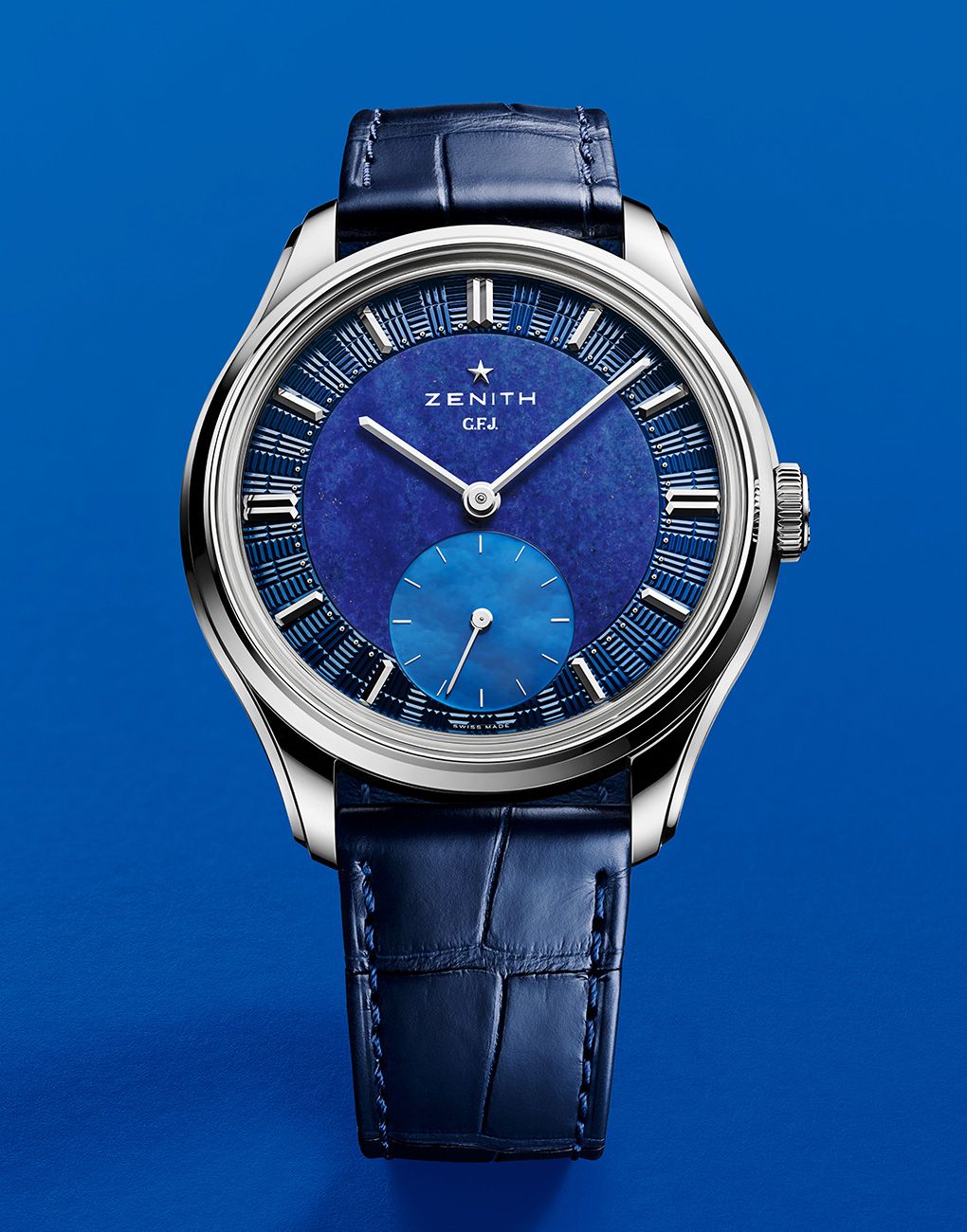
The History and Legacy
Before anyone cared about automatic chronographs or 1/10th-of-a-second precision, watchmaking glory came from an entirely different arena—observatory trials. Think of these as the Formula One of timekeeping accuracy, where brands duked it out with their most precisely tuned movements. While most watch enthusiasts can rattle off El Primero facts off the top of their heads, the calibre 135 remains Zenith’s quiet champion.
Ephrem Jobin, responding to marching orders from Zenith’s technical director Charles Ziegler in 1945, created something of a chronometric masterpiece. The resulting calibre 135, particularly in its competition-spec 135-O form, would go on to dominate these trials like no other movement before or since. Its 235 chronometry prizes remains an unbroken record.

The genius was in the architecture. Jobin’s offset minute wheel freed up space for both a larger balance wheel and mainspring barrel, delivering consistency that lesser movements couldn’t match. When Zenith collaborated with Kari Voutilainen in 2022 on ten restored 135-O movements, it was less about nostalgia and more about reintroducing collectors to the pre-El Primero glory days they never knew they should care about. That ten-piece run sold out almost immediately, proving the market for horological substance over marketing flash still exists.
The Movement: Rebirth of a Legend
The ‘re-engineered’ calibre 135 powering the GFJ is the real mechanical deal with meaningful modern upgrades. Zenith has maintained the original 13-ligne (30mm) diameter and distinctive architecture while quietly boosting performance where it counts.
Most notably, the power reserve jumps from the original’s modest 40 hours to a weekend-surviving 72 hours. The 2.5 Hz beat rate remains deliberately old-school, preserving both the movement’s character and allowing for that signature large balance wheel with regulation screws and Breguet overcoil. For accuracy nerds, Zenith promises performance within +/-2 seconds per day, skilfully outperforming standard COSC requirements.
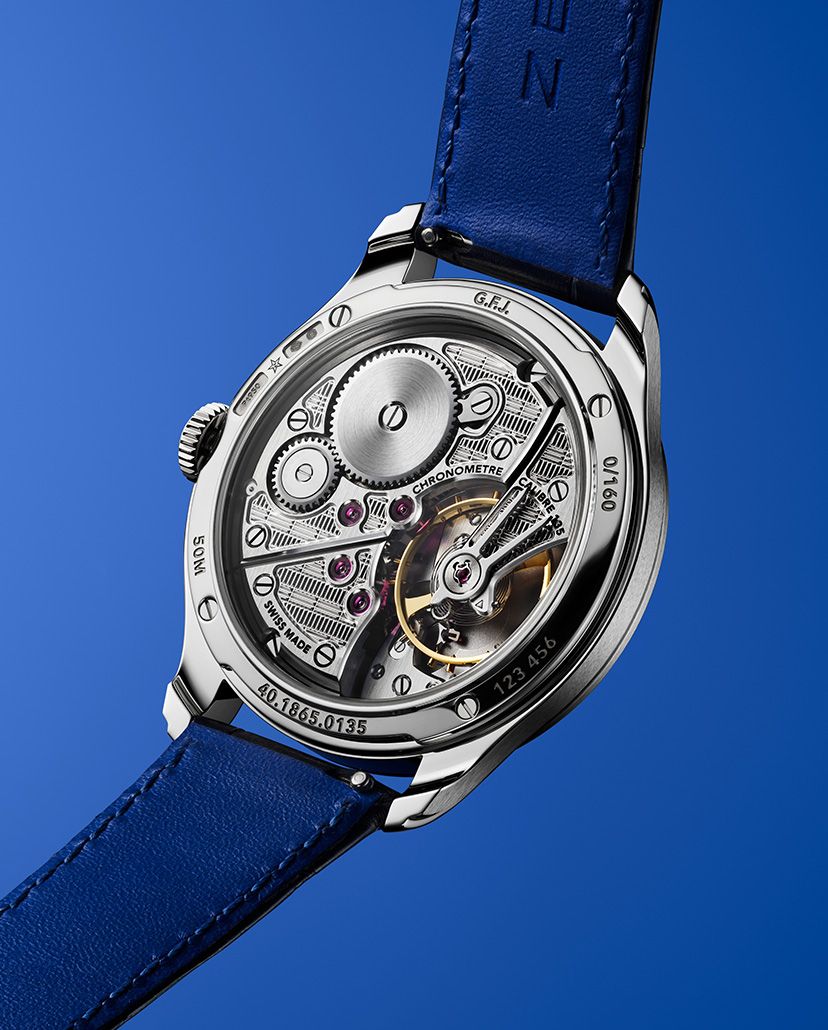
What steals the show visually is the distinctive ‘brick’ guilloche pattern adorning the bridges—a clever nod to the red-and-white brick facade of Zenith’s historic Le Locle manufacture. The movement now includes a stop-seconds function—something the original lacked. Modern shock protection has been added without compromising the movement’s historical integrity. The result is something rare in watchmaking: a revival that improves on the original without sacrificing what made it special in the first place.
The Aesthetics
The GFJ wears its 39.15mm platinum case comfortably, with proportions that work in practice rather than just on paper. The 10.5mm thickness and 45.75mm lug-to-lug measurements hit that sweet spot between presence and wearability.
The dial is where Zenith flexes its artistic muscles. The three-part construction begins with an outer ring featuring the architectural brick pattern that connects to the movement decoration. At the centre sits a deep blue lapis lazuli disc, naturally flecked with golden pyrite that catches light unexpectedly as you move your wrist. The oversized seconds subdial at six o’clock, crafted from mother-of-pearl, provides visual balance while adding yet another texture to the mix.
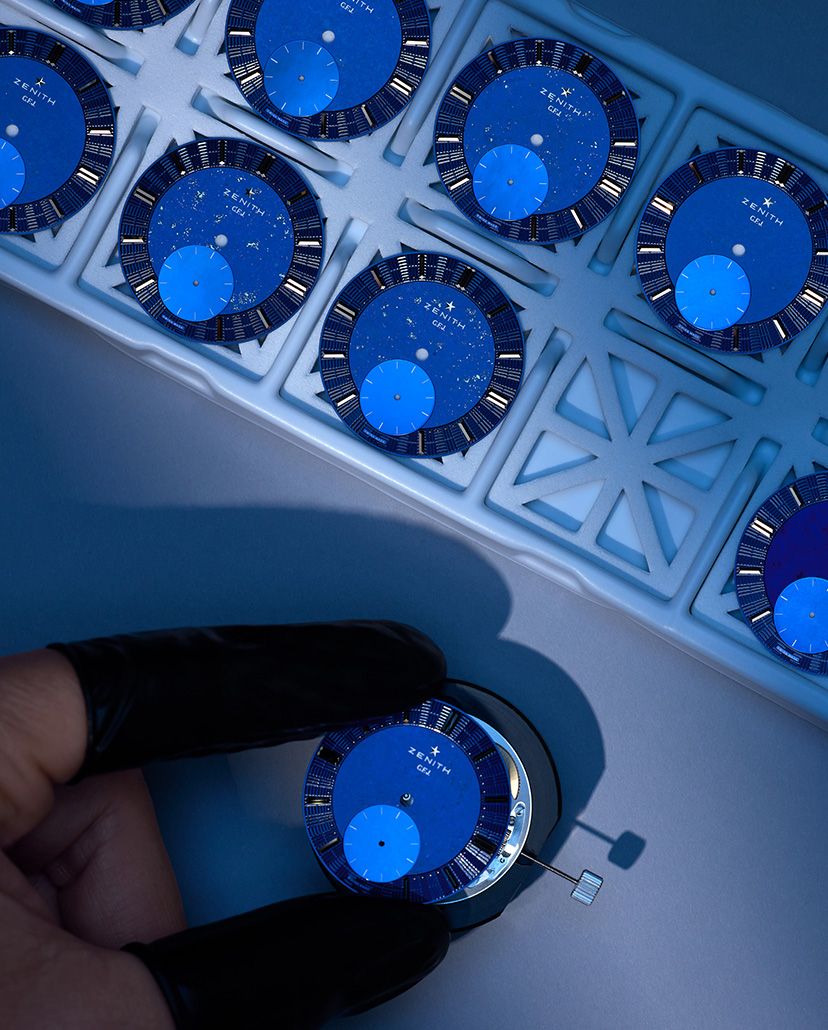
What ties it all together are the details—faceted white gold hour markers, hand-applied beads forming the minute track, and slim white gold hands that maintain legibility without overwhelming the composition. Each piece varies slightly due to the natural materials, giving owners something uniquely theirs within the limited production run.
Final Thoughts
Only 160 pieces of the GFJ will be made. The 160 collectors who secure one will own something that matters in the broader context of horological history. This isn’t just another limited edition with a fancy dial and standard movement—it’s the return of a genuinely important calibre that set records that still stand today.
For the rest of us, the GFJ serves as a reminder that beyond the chronograph-heavy catalogue that defines modern Zenith, there’s a deeper history worth exploring. The most intriguing part isn’t what this specific watch represents today but what it might mean for future developments. Having gone to the considerable trouble of recreating the calibre 135 architecture, Zenith seems to be signalling that this historical movement deserves a permanent place in their contemporary line-up, not just as a one-off anniversary celebration.
